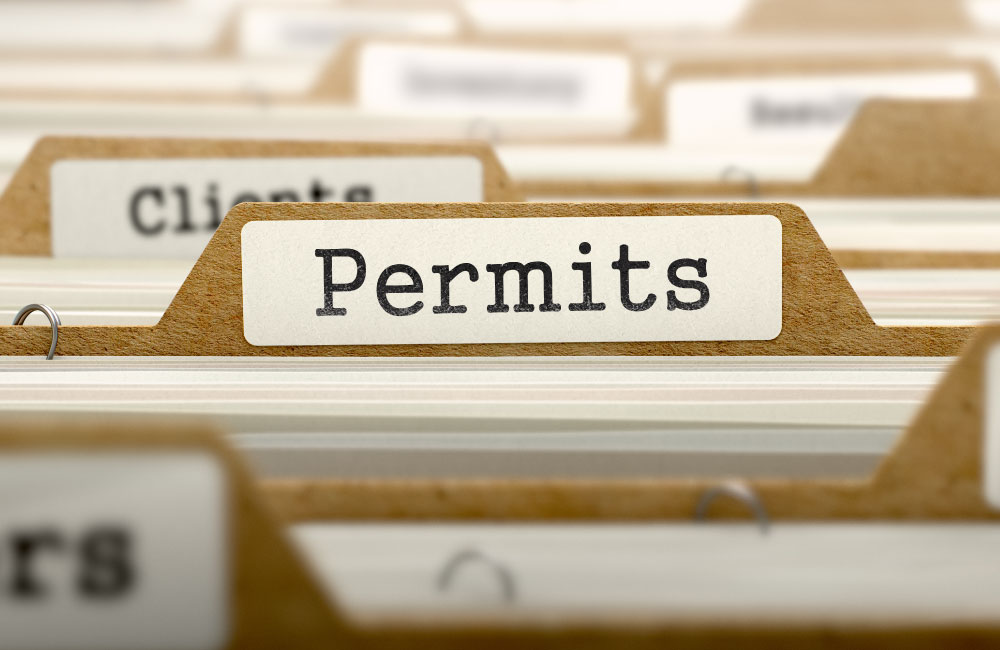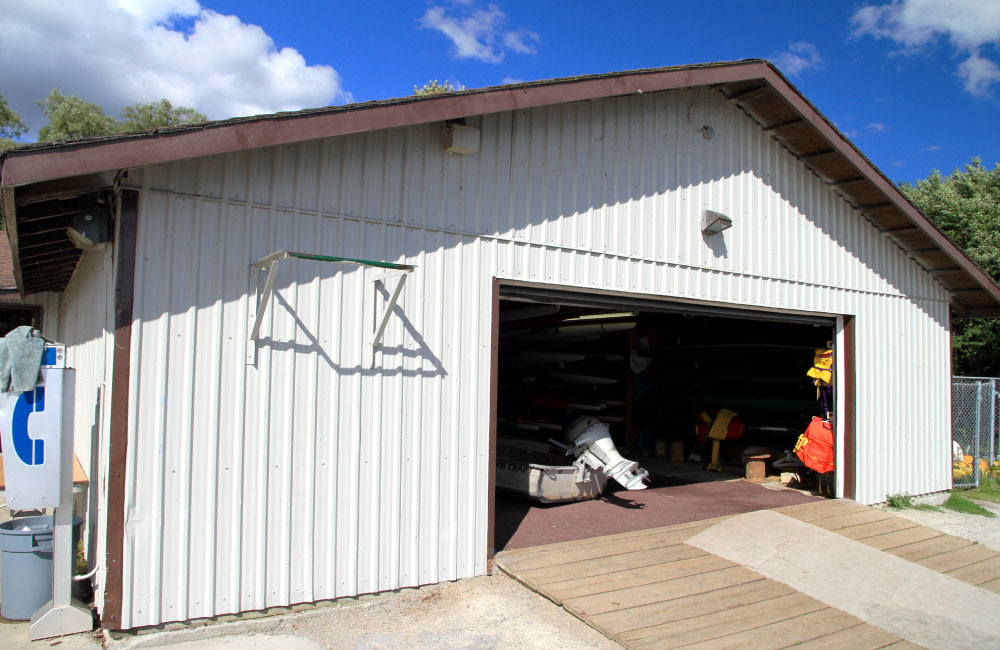When you’re planning to build an accessory building, better prepare yourself to get a permit before installing it. This mental preparation is also applicable if your next goal is to erect a shed on your property. You have to be mindful of its built, including maximum height, for faster approval.

The Smaller the Better?
Though some are tough, a lot of states or counties allow erecting sheds without a permit as long they follow their conditions. Then, the first step to finding out the maximum height of a shed without planning permission is contacting your local authority. It’s a valuable step to get an accurate and direct answer than relying on hearsay.
However, if based on the states that give specific requirements, it is apparent the smaller a shed is the better. In New York, homeowners are free from getting a permit to build a shed that is 7’6″ (2.29 meters) or below. In other states, a shed that is freestanding and one-floor building only is fine to go.
Be conscious that every state, county, or even city has specific rules for shed. Moreover, the height of the shed is just a criterion. A homeowner still needs to complete all requirements. For example, even if you build a six feet tall (1.83 meters) shed, if it exceeds the minimum floor area and setback, you will get a permit. If you’re considering a prefabricated shed, you should know if your state requires permits for prefab sheds.
A shed without planning permission?
In terms of exemptions, most local building authorities are not that particular about the height. They prioritize other factors that may or may not be related to the shed’s height. If you are certain to build a shed free from submitting building plans, you may consider these factors:
Floor area. Approximately permitless sheds are around 120-250 square feet or below. Again, the exact measure varies depending on a state or county’s rules.
Setback. A shed that is positioned three feet away from any property line is a typical requirement. This, of course, depends on your shed’s position. Is it in the back, front, or side of your property? Are there other easements that cover?
Position. Of all locations, the best spot is in the backyard or rear of your principal building. Some states will not even permit a shed that is not in the backyard.
Types. Between an attached or detached shed, the latter has a higher chance to be exempted. This particularly applies if the shed is erected in a single to a two-family dwelling.
Number. Local governments consider the number of existing accessory structures within a property. Some allowed only one to two outbuildings only.
Percentage. It is rare but some authorities also check the percentage of space that your shed will occupy within your lot area. Typically, it should be 30-35% only of the part or total lot area.
In case your local authority will not require you to submit planning permission or permit, assume that they may inspect your shed soon. Usually, an inspector will examine if it’s indeed in the right location, have correct setbacks, or is safely installed. So, make sure that your shed meets their criteria to prevent problems.

